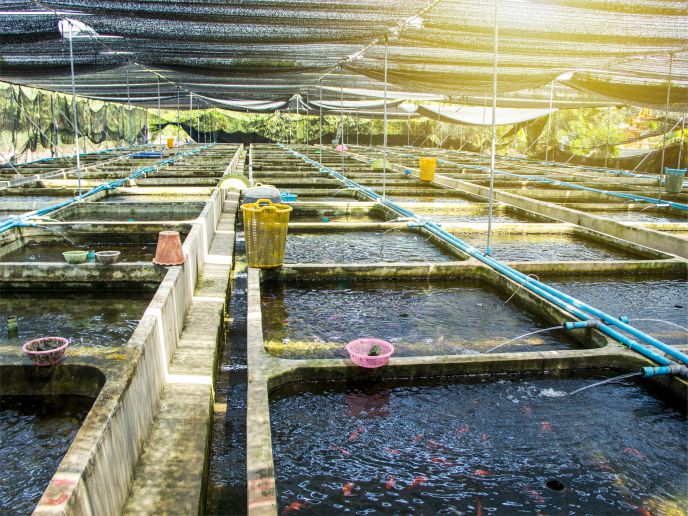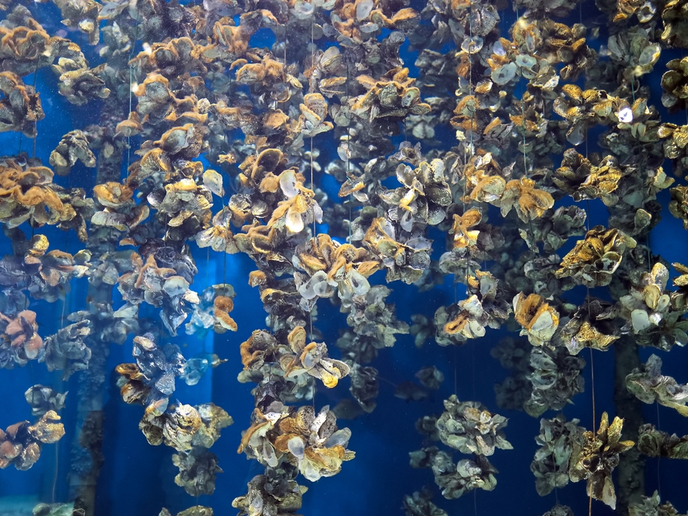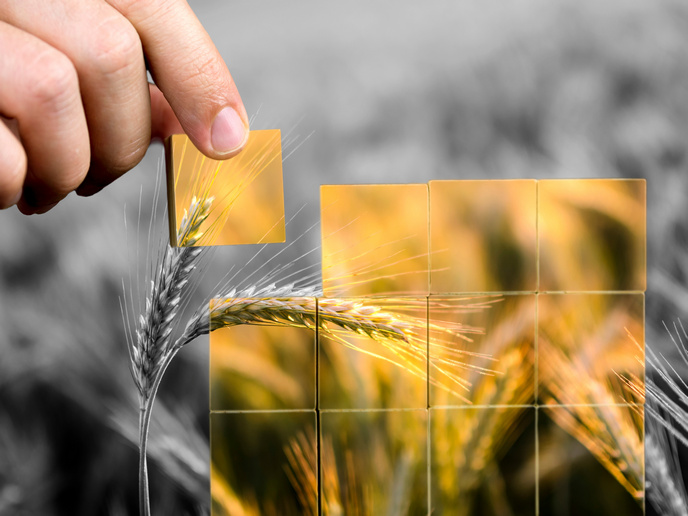Sustainable water treatment solutions for aquaculture
Global demand for fish has more than doubled over the last 50 years, and is expected to keep rising with global population growth. To address this increasing worldwide appetite for seafood, farmers and companies are pinning their hopes on aquaculture, which has grown more rapidly than any other realm of animal production. The EU-funded ELOXIRAS (Electrochemical oxidation in the recirculating aquaculture systems industry) project developed an innovative recirculating aquaculture system (RAS) technology based on cutting-edge electrochemistry and a design philosophy that eliminates biological treatment, disposable filters and the need to add chemical reagents. The RASs are indoor, tank-based systems that provide a controlled and biosecure environment for cultivating fish. The consortium, which comprised the Spanish SME APRIA Systems together with two other project partners, utilised proven electrochemical oxidation technology. "The overall global water treatment equipment market is expected to grow over the next few years," says Sara Domínguez, sales engineer at APRIA Systems. Radical new approach The majority of water treatment solutions for recirculating aquaculture systems typically employ biological methods to maintain water quality. "Biofiltration is a prominent component in recirculating systems and is used to metabolise ammonia excreted by fish into less toxic forms. However, the process shows limited efficiency in capturing and degrading other key pollutants," explains Domínguez. What's more, major fluctuations can occur in the efficacy of the process, due to environmental perturbations or changes in operating conditions. Additional chemical water-treatment methods are used in tandem with biofiltration to keep pollutant concentration below a certain threshold. For example, use of ultraviolet or ozone treatment systems reduces the number of free-floating viruses and bacteria in the system water. "Our new series of products, called ELOXIRAS®, produce a powerful mix of oxidants that remove ammonia nitrogen, nitrite and dissolved organic matter. They simultaneously achieve high disinfectant efficacy (removal of bacteria and viruses) and lower freshwater intake consumption by 20 %," notes Domínguez. Moreover, the technology can treat large volumes of water with minimal environmental impact and without the use of hazardous chemicals. In addition, ELOXIRAS® products automatically adjust treatment intensity depending on the cultured biomass concentration and the hourly change in the pollutant rate production. Tailor-made solutions The modular and scalable design of ELOXIRAS® products enables them to prove their versatility in various applications, depending on their size. Furthermore, they are easy to operate without displaying any efficacy fluctuations or requiring long start-up periods. ELOXIRAS® HYBRID is designed for large recirculating aquaculture facilities and treatment flows. It increases biomass system capacity up to 50 % without increasing the recirculation rate. Typical culture volume capacities can range between 20 and several thousands of cubic metres, whereas biomass densities can reach over 30 kilograms per cubic metre. By contrast, ELOXIRAS® MINI is designed for small-scale facilities. Thanks to its compact design and low power consumption, ELOXIRAS® LOGISTIC is a perfect fit for portable applications. In particular, its use in logistics operations ensures excellent transport conditions from hatcheries to fish farms. Finally, ELOXIRAS® BIO improves the culture capacity of quarantine systems, minimising the risk of diseases being spread in recirculating aquaculture facilities.







